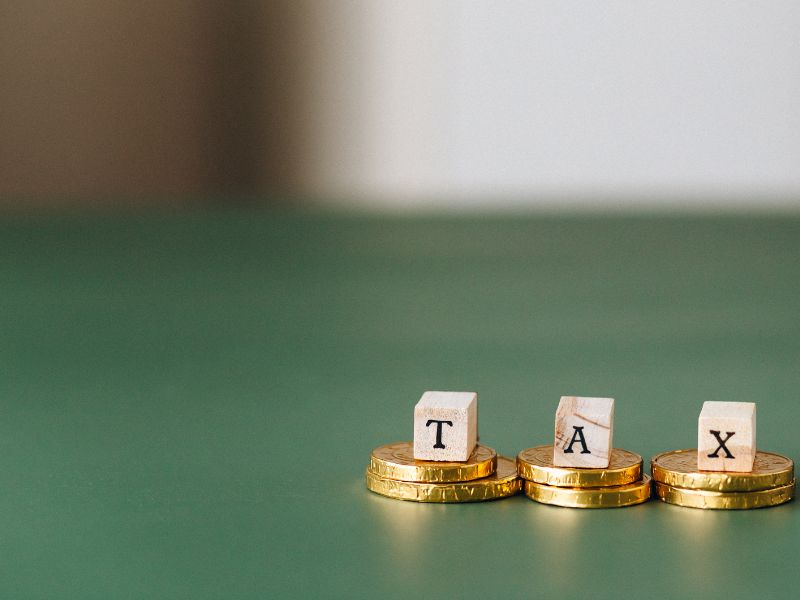.png)
With STT Now Taking A Shark Bite, Rethink Needed To Restore Liquidity, Confidence
Rising STT rates have steadily eroded trading volumes and market liquidity, hurting both retail and institutional investors. A rationalisation of STT—through lower rates, thresholds, and structural reforms—can restore market efficiency and investor confidence.


Sridhar, a wealth management expert, balances investment strategy with his passion for books, cinema, and film critique.
January 30, 2025 at 12:37 AM IST
New taxes in India are like the camel that pokes its nose into the tent—seemingly small at first, but before you know it, the entire beast has taken over. STT followed a similar pattern, creeping up over time. It is now taking a shark bite out of your income.
In January 2025, Securities Transaction Tax collections had already surpassed last year’s budget of ₹370 billion, touching ₹445 billion. STT has chipped in with sizeable hauls for the government since its introduction on Oct 1, 2004: Around ₹83 billion in the early years, ₹166 billion in 2020-2021, ₹187 billion in 2021-2022, ₹249 billion in 2022-2023, ₹445 billion in 2023-24 and so on. STT is now a rare silver lining for the government amidst bleak macros, missed disinvestment targets, and slower growth in GST.
STT was brought in by the then finance minister P. Chidambaram in 2004 to replace the long-term capital gains tax on equities, as it was easier to levy. All transactions on stock exchanges on buying and selling of securities after all leave a trail.
However, STT rates have crept up with successive budgets, increasing transaction costs for both traders and investors, whether delivery-based equities, equity-oriented mutual funds, futures, or options.
With the re-introduction of tax on LTCG on equities in 2018, there’s a case for revisiting STT rates. While the world’s leading markets are soaring with trading volumes, high-frequency trades, and algorithmic trading strategies, the Indian markets are witnessing a fall in trading volumes, mounting losses by retail investors, especially in F&O trades (89% of retail investors lost money in F&O, says a SEBI study). Premium turnover in F&O dropped to ₹17.47 trillion in January 2025 from ₹54.38 trillion in September 2024.
Experts attribute this to the increase in STT from 0.0125% to 0.02% for futures and from 0.0625% to 0.1% for options. High-frequency trading firms, which now comprise over 90% of Indian market volumes, are impacted too; their transaction costs have gone up by 25%. For example, a ₹10,000 option contract will now attract a higher STT of ₹10 compared with ₹6.25 earlier.
This is changing the behaviour of traders and impacting overall liquidity, especially of small-cap and micro-cap stocks. Many traders are shifting towards positional trades instead of frequent intraday trading. Nithin Kamath says that Zerodha collected ₹15 billion in STT last year, which may touch ₹25 billion with the new rates if trading volumes remain consistent.
Overall, the STT hike resulted in a drop in overall market liquidity by 30-40%, impacting all categories of investors. Institutional investors are forced to recalibrate their trading approaches, leading to distortions in price discovery. Arbitrage and Equity Saving Fund managers will face higher hedging costs due to increased STT and will bear higher transaction costs. Result: Arbitrage spreads have also dropped from 82 BPS in October 2024 to 64 BPS in January 2025– a red flag for retail investors.
It’s high time the government noted market realities and reset STT rates. To start with, lowering the STT rates for certain transactions could usher in more volumes. Secondly, introducing a threshold for STT will give relief to retail investors and traders. Thirdly, lowering STT rates for long-term investments vis-à-vis short-term could induce stability and reduce volatility. Lastly, investing in market infrastructure and technology can reduce the impact of STT on transaction costs.
The big picture is clear: India needs a healthy stock market, strong liquidity, HFTs, good trading volumes, and multi-dimensional institutional players besides retail depth. Doing away with STT may not bring back bull markets. But in its current form, it is affecting trading volumes and investor behaviour, which has gone awry of late. It is time for a reS(e)TT.



